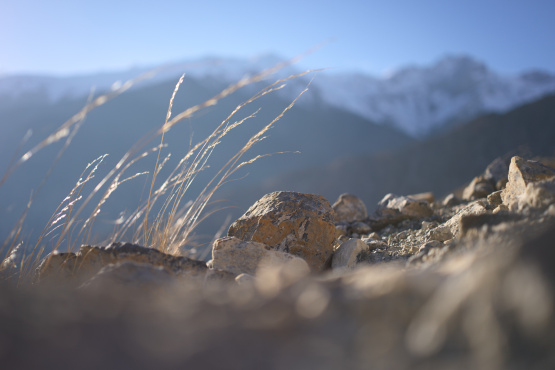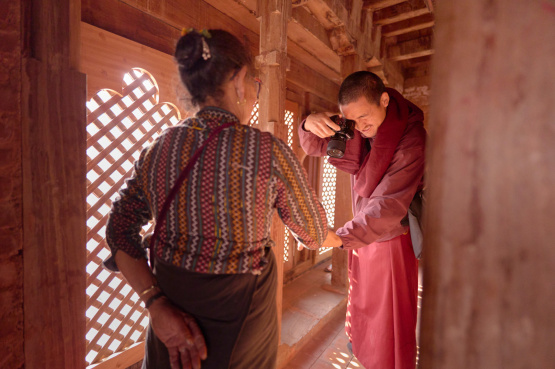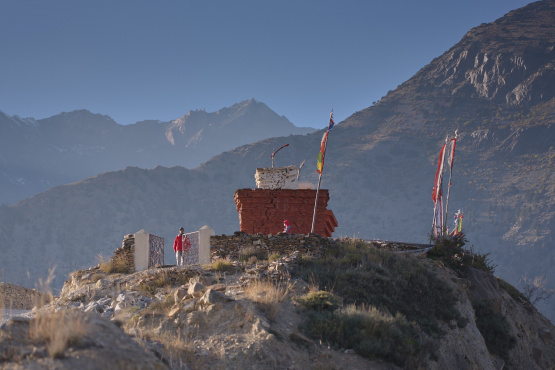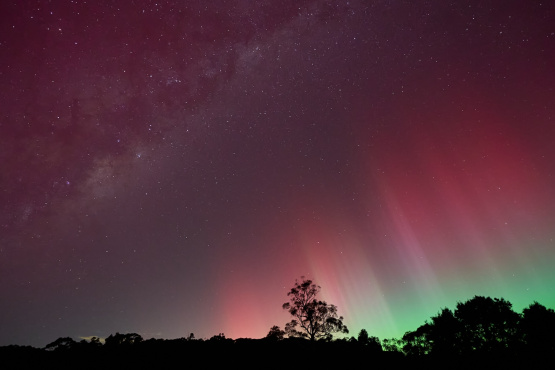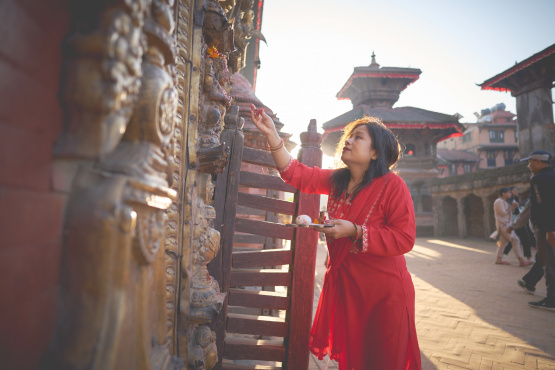What inspires me most about festivals like the BIFB (Ballarat International Foto Biennale) is the emphasis on looking closely at ideas behind a photo and not just the photo itself. We tend to get caught up in the technical issues around our photography, such as what kind of camera, which lens or the presentation medium itself. The most powerful images are not the product of technical competence, they come from a deeper awareness and intent from the photographer.
It's the idea behind the photo, and the thought process leading towards the capture, that earns a place in the BIFB. The curatorial process is long and demanding, which leads to an impressive program of exhibits that are much more than a collection of photographs.
Doctor in the House
Doc Ross is a local to Christchurch and has been personally affected by the devastation of the earthquakes in 2011. The big one rocked his city for 37 seconds. Doc's exhibition is called "37" and was invited to form part of the core program in the 2013 BIFB. The collection features 37 people who lived through the quake. Each portrait is taken in the same chair, using the available light, but exposed for 37 seconds while the subject holds still.
At the end of this process Doc had a subtle collection of portraits, each with some elements held sharp that stand out from the slow motion blur. Some subjects held still better than others. The process led to a creative effect where the ghosts of their hands or hair creates an echo of the subject on film, hinting at the shared experience they had being shaken violently by the earthquake. A small plaque alongside each print tells a short story of their experience in those 37 seconds, told in 37 words.
Let me just emphasise the elegance of Doc's concept. This is an exhibition of 37 second exposures, with subjects staring into a lens, one take only per person. There are no do overs. It's very raw and very personal and very well though out. In these pictures the photographer has captured a symbolic connection to that catastrophic event, which demonstrates perfectly that line to be crossed when fine photography becomes fine art.
And this is just one solitary exhibition from the BIFB program, one of dozens.
Fringe Dwellers
You don't have to be Doc Ross to present your work at these festivals however. Ballarat has a Fringe Program where local galleries and businesses make wall space available for exhibition, and this year nearly 100 collections were in the fringe. Many visitors to Ballarat in the coming months will find the Fringe Program equally compelling when compared to the Core Program, as the offerings are not curated by the BIFB and there is more scope for taking risks and a lower barrier to entry for artists starting out.
The requirements for exhibiting are not onerous, you just have to be organised and it helps to get started early.
By exhibiting your work in such a large festival you get a chance to go beyond your photos too. Preparing to share your work is confronting because you are putting so much of yourself out there to be critiqued. It's a humbling process to have an audience wander past all your hard work and barely give a glance, but the self examination that takes place before and after will make you a better photographer too.
Portfolio reviews are a more direct and confronting way to humble yourself at the BIFB. The review program is aimed at professionals who want to open new doors, not merely get a little feedback. If you have a strong concept and want to find an audience for it, then the portfolio reviews are an excellent platform that may lead to new opportunities to publish or exhibit. Think of it as a high-speed version of mentoring with a little musical chairs thrown in to keep it interesting.
Audience Participation
If you're looking for a day trip from Melbourne this winter then Ballarat has it all covered. Ballarat is a former Gold Rush city just an hours drive from downtown Melbourne, filled with lovely historical treasures from wealthier times and currently experiencing a revival as a regional centre for the arts.
The backdrop of gracious old buildings adds to the charm of wandering through photographic exhibitions. Accommodation and dining options in the city are excellent too, and all the action is in close proximity for those who arrive by train instead of driving. Add to this a network of smaller Gold Rush villages in the region and you have the makings of a great weekend away.
Entrance to exhibits is free and even the Art Gallery of Ballarat is open to the public at no charge. Many of the Fringe Program exhibits are in cafes and restaurants which make them hard to engage with without sitting down for a meal. Inside the elegant interior of the Ballarat Town Hall is a curated collection from the 2013 Head On festival, but at night time the outside of the town hall turns into an exhibit as well.
Every evening after dark the Town Hall will turn into a massive projection screen for the portraits of Hans Hiltermann. I've written about Hans on this website before, and I'm a genuine fan of his work. (http://photographyfortravellers.com/article.php?story=1169)
The name of his project is "YOU", and it's a series of portraits taken over many years that are naked of props or clothing. Each composition is consistent, a head and shoulders of the naked individual without makeup, and through a process of meditation the subjects are also without their usual emotional guard. As you move through a collection of Hans' portraits your thoughts are drawn to some individuals more than others, which in effect reveals something of yourself.
The concept behind the images is simple, that these portraits together become a portrait of "you". Just like Doc Ross and his images of Christchurch residents, the portraits taken by Hans Hiltermann are much more than just photos. There is great meaning beyond the image, and that's what we look for when engaging with an international festival like the BIFB.
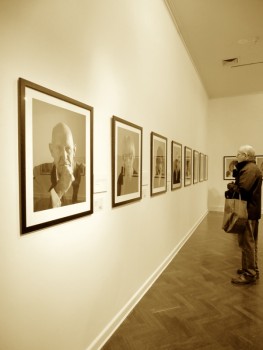

Keep Reading
Join Ewen's newsletter for monthly updates on new photography articles and tour offers...Subscribe Here



